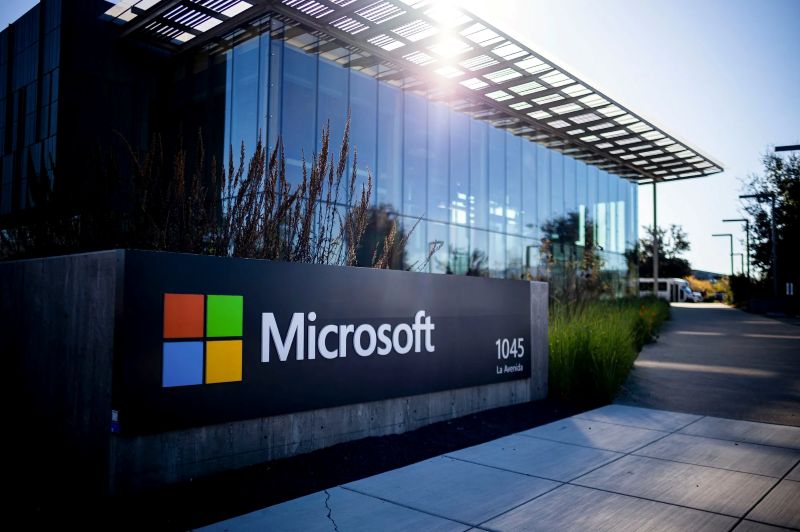Microsoft Announces Fresh Wave of Layoffs Impacting Thousands Amid Push for Leaner Growth
Microsoft is set to cut approximately 9,000 jobs, amounting to around 4% of its global workforce, in its latest move to streamline operations and enhance efficiency. This fresh round of layoffs, confirmed on Wednesday, affects employees across a wide spectrum of roles, departments, and global locations, and is part of a broader organizational strategy aimed at boosting agility and long-term competitiveness.
These layoffs follow an earlier round in May 2025, where about 6,000 employees, or 3% of the workforce, were let go. Unlike earlier reports that suggested the layoffs were focused on the company’s gaming and sales divisions, this latest cut extends across the entire organization — from engineering and product teams to support staff and mid-level managers.
Though Microsoft has not directly linked the reductions to its ongoing investments in artificial intelligence, industry observers note a clear pattern. In previous layoffs, software engineers — particularly those working in traditional development roles — were heavily impacted, aligning with the company’s growing reliance on AI-powered coding tools that automate tasks once handled by human developers.
A spokesperson reiterated Microsoft’s stance that the company is making “organizational changes necessary to best position the company and teams for success in a dynamic marketplace.” These efforts are closely tied to Microsoft’s long-term vision of maintaining a lean, high-performing workforce while doubling down on technologies like AI, cloud infrastructure, and data center expansion.
The announcement came just days after the end of Microsoft’s fiscal year on June 30, a time typically associated with structural realignments. However, the scale and frequency of these job cuts have raised eyebrows across the tech industry. Multiple significant reductions within months are rare for a company of Microsoft’s size and market strength.
In an April earnings call, CFO Amy Hood highlighted a shift toward reducing managerial layers to build “high-performing teams” with better agility. Microsoft is reportedly focusing on flatter team structures, allowing for faster decision-making and more direct innovation pipelines as the company transitions into its next growth phase.
The layoffs also follow a record-breaking fiscal year in which Microsoft invested nearly $80 billion in expanding data centers, particularly to support the exponential demand for AI infrastructure. While these investments highlight confidence in the future, they also illustrate a need for cost balancing amid shifting economic conditions and rapid technological evolution.
As part of its earlier job cuts, Microsoft let go of nearly 2,300 workers in Washington state, the largest reduction in its home state since 2023, when over 3,000 jobs were eliminated. Updated figures from the latest round — including roles and departments affected in Washington — are expected to be filed with state employment officials later today.
Prior to these latest layoffs, Microsoft employed around 54,000 people in the Seattle area and roughly 228,000 employees worldwide as of June 2024. The updated employment count is expected in the company’s upcoming annual SEC filing.
This development is part of a broader wave of tech layoffs in 2025, with job reductions across the industry reaching 76,214 so far this year — a 27% increase from the same period last year. Analysts point to the dual pressures of AI disruption and visa uncertainties as key drivers reshaping workforce dynamics in technology firms.
Across all sectors in the U.S., employers have announced more than 744,000 job cuts in 2025, marking the highest total since 2020 — a year defined by pandemic-related economic upheaval.
Amid these changes, Judson Althoff, Microsoft’s Chief Commercial Officer and sales chief, is reportedly taking a two-month sabbatical, further signaling a period of deep transition and recalibration for the tech giant. As Microsoft continues to refine its internal structure, the company remains committed to adapting to a marketplace defined by AI, automation, and accelerating global shifts in technology demand.
